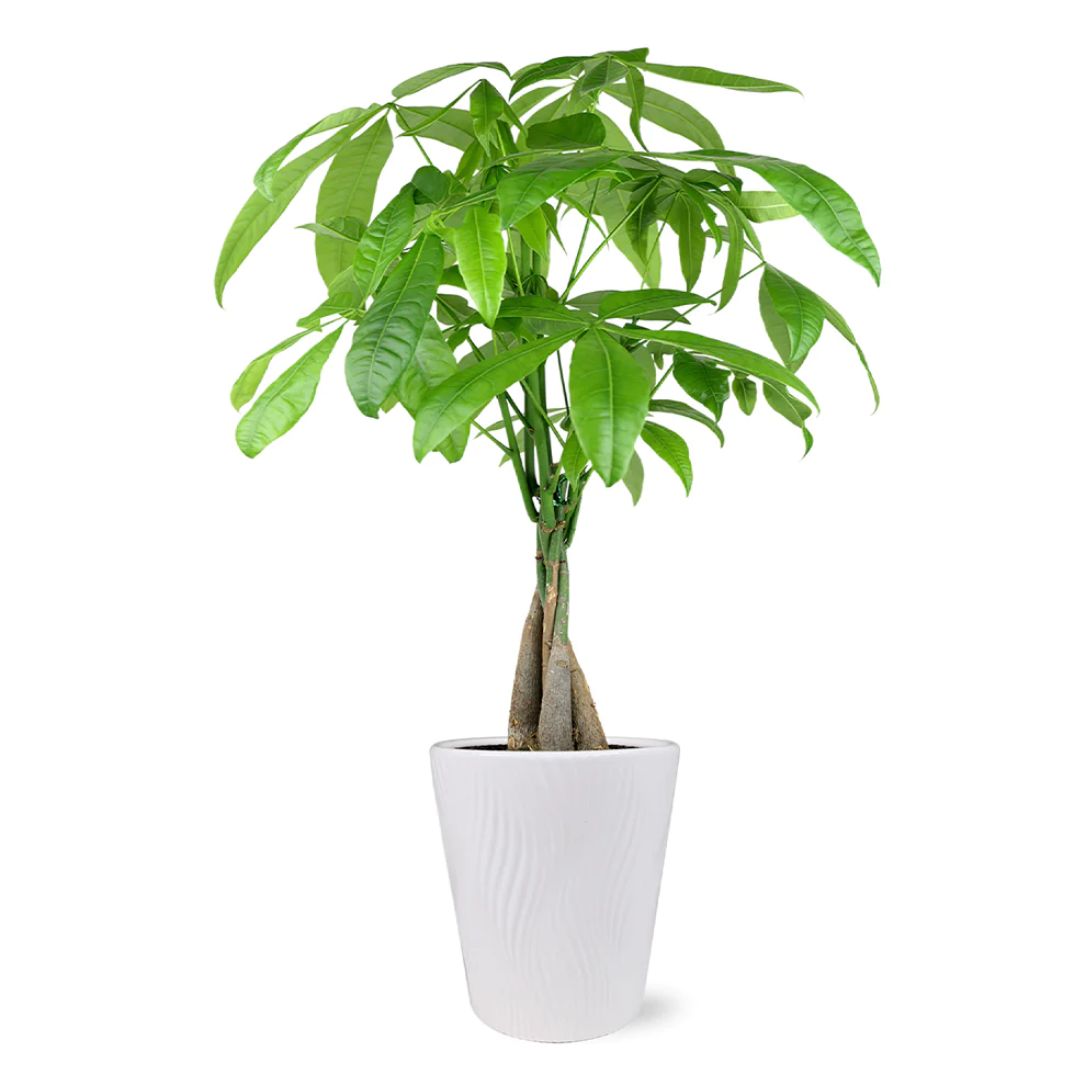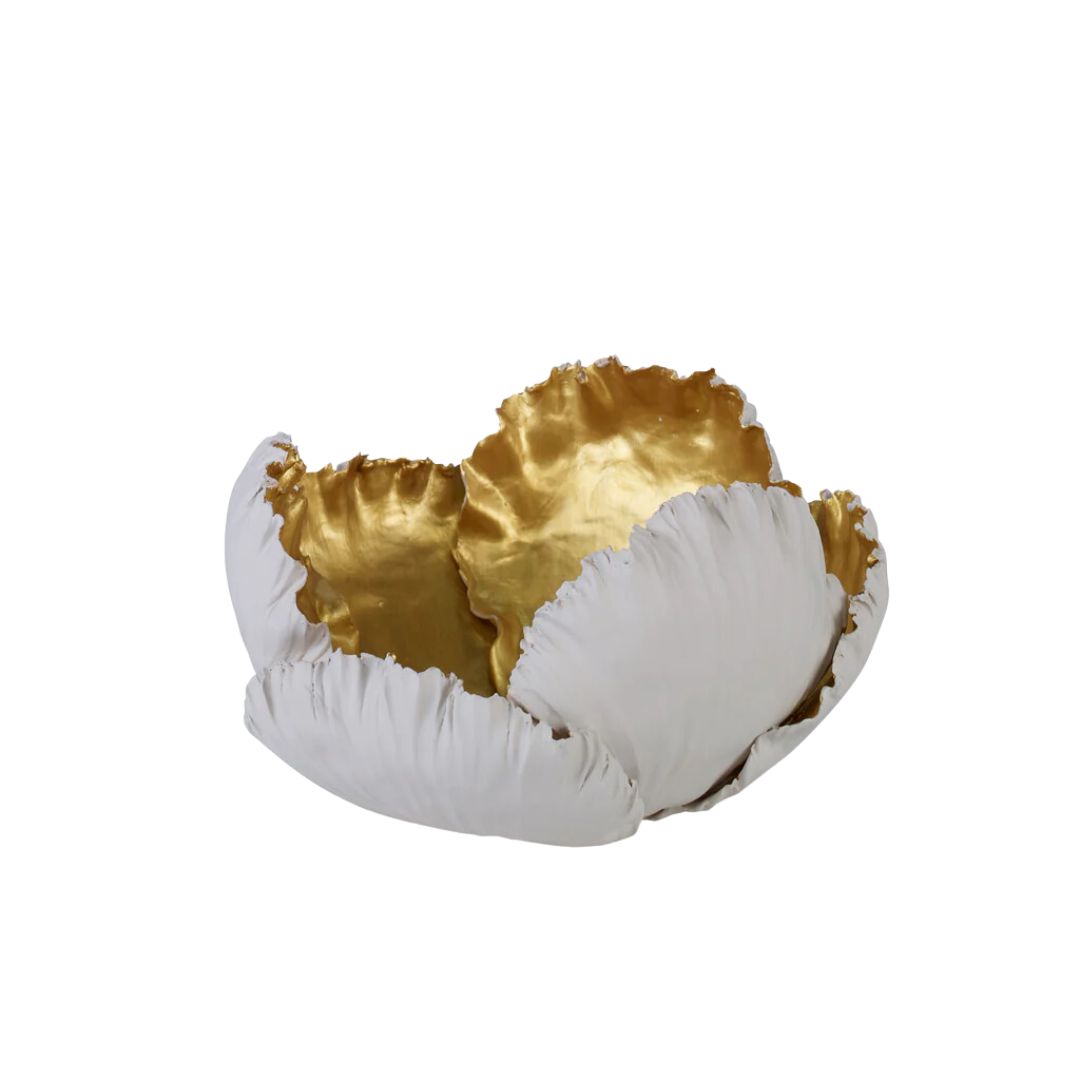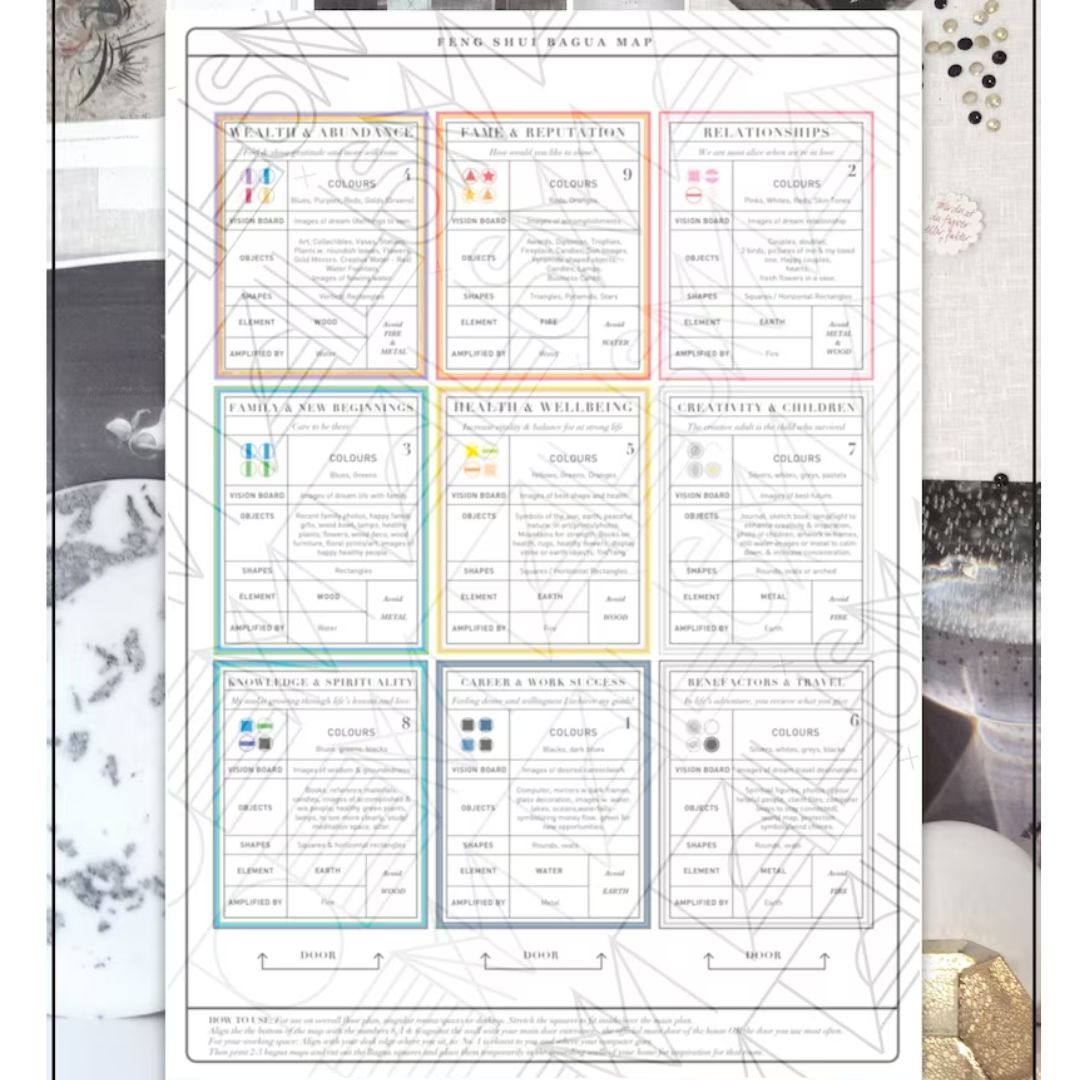How to find the Feng Shui "money corner" – and what to put in it to unlock your home's prosperity
According to Feng Shui principles, the money corner can help generate wealth, well-being and healthy finances for you and your family
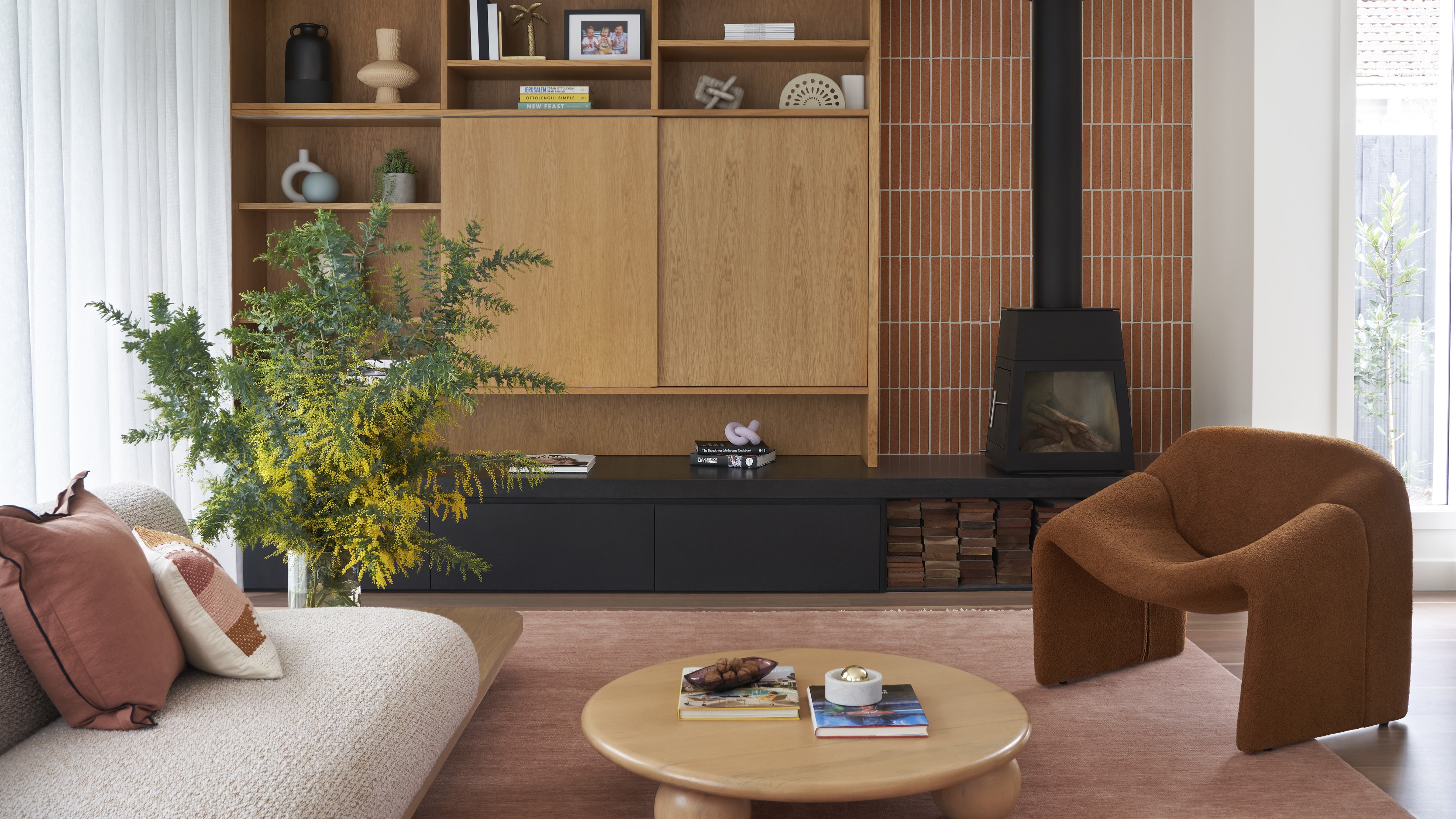

The Feng Shui money corner corresponds to a section or space in your home that, once identified, can help channel positive energies to bring prosperity and fortune to your life, according to Feng Shui principles.
Sounds good right? But how do you find it? You'll need to use a Feng Shui map known as a bagua to help you uncover your home's money corner, and then work out what to do with it if you want to encourage good energy surrounding money.
We asked our favorite living room Feng Shui experts to show us how it's done.
What is the Feng Shui money corner?
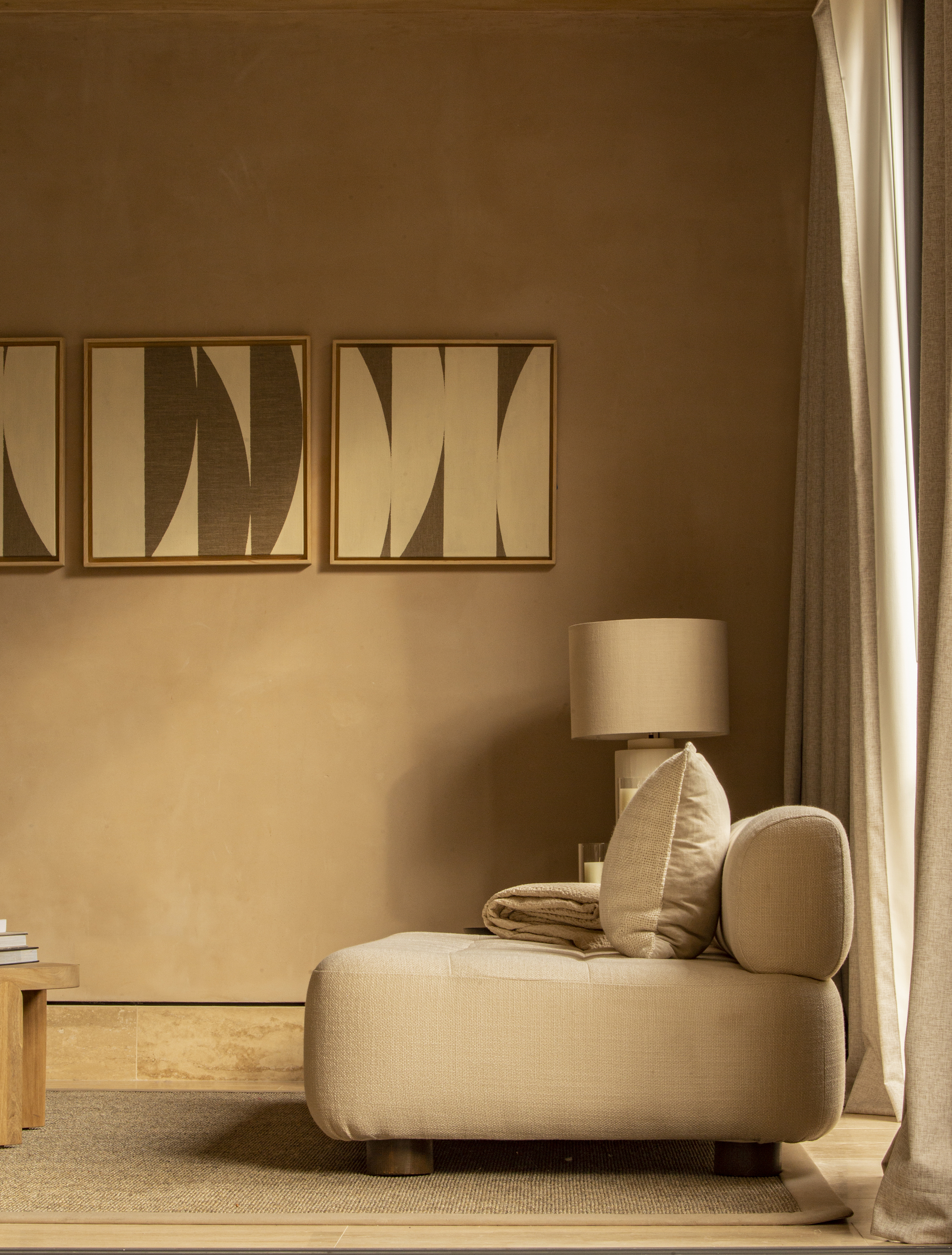
Before applying Feng Shui rules to your home, one thing to take note of is that this is essentially a belief system rather than a surefire way to improve your finances.
The wealth corner, according to this ancient science, is that space in your home that can channel your focus and energy on increasing prosperity. To do this, practitioners use the Feng Shui map called the bagua, to help determine the energy in a given space.
'The area associated with money is the far left of the home from the front entrance door,' says Dana Claudat, a Feng Shui expert. 'But in my work, every area of the home impacts money, and all aspects of your life influence one another.'
Once you’ve located the wealth area, it's important to notice the state of that specific space. Is it cluttered? Is it collecting dust? This could correspond to your unwillingness to look after your finances regularly. This is why, you need to "activate" the corner. Here's how to do it.
1. Place symbols of wealth
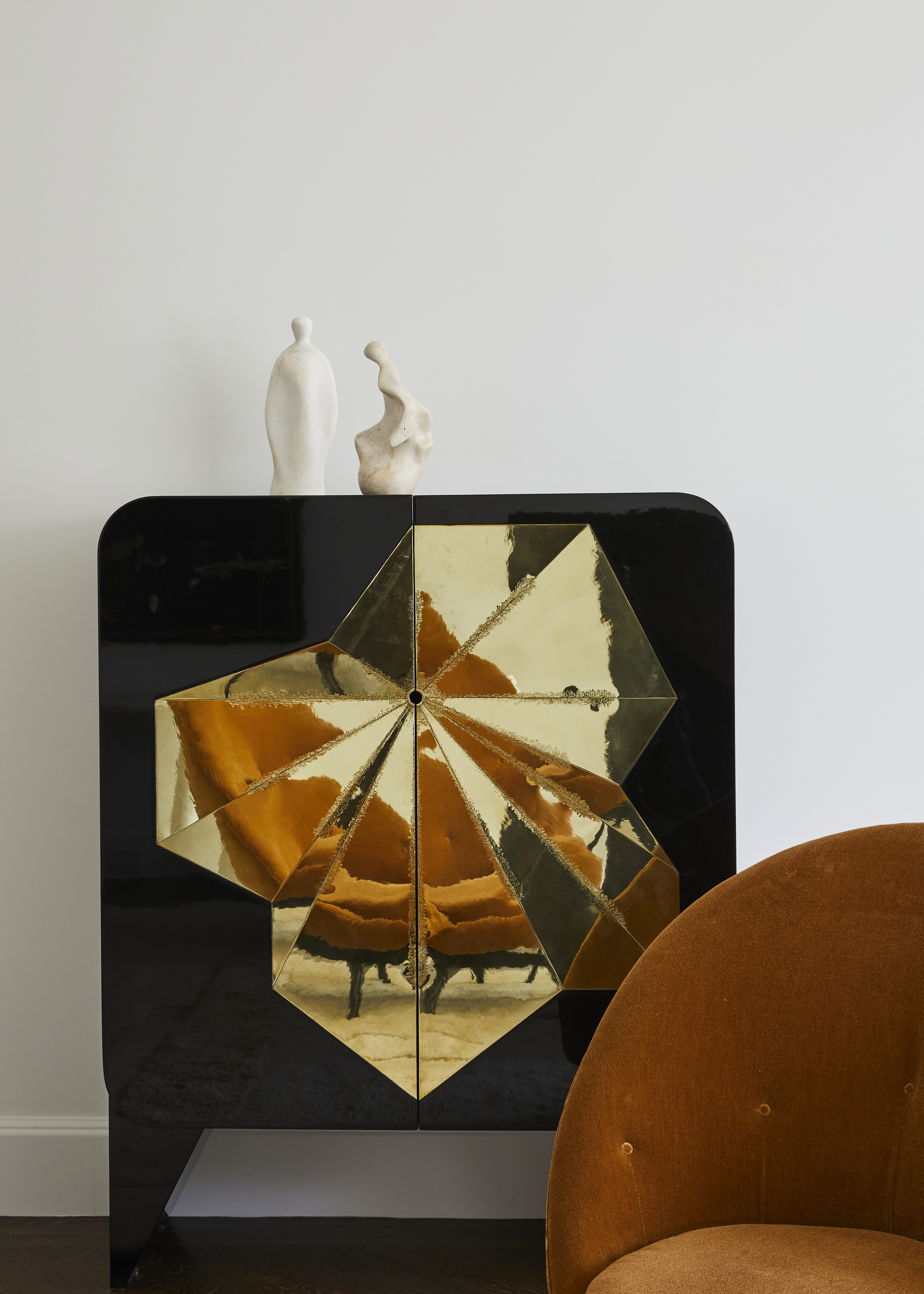
'You can activate the wealth/abundance area of your home by adding symbols of prosperity as well as specific Feng Shui elements,' says Laura Morris, a Feng Shui educator and co-founder of Mindful Design Feng Shui School. 'These can be personal symbols of what wealth and abundance mean to you or you can use more traditional representations such as gold-colored items, embellishments, coins, etc.'
Gold elements apart, crystals too can be a great addition; plus they look luxe when placed at the entrance, office, or living room corner. Amethyst is another option as it resonates with the feeling of abundance.
2. Add a wood or water element
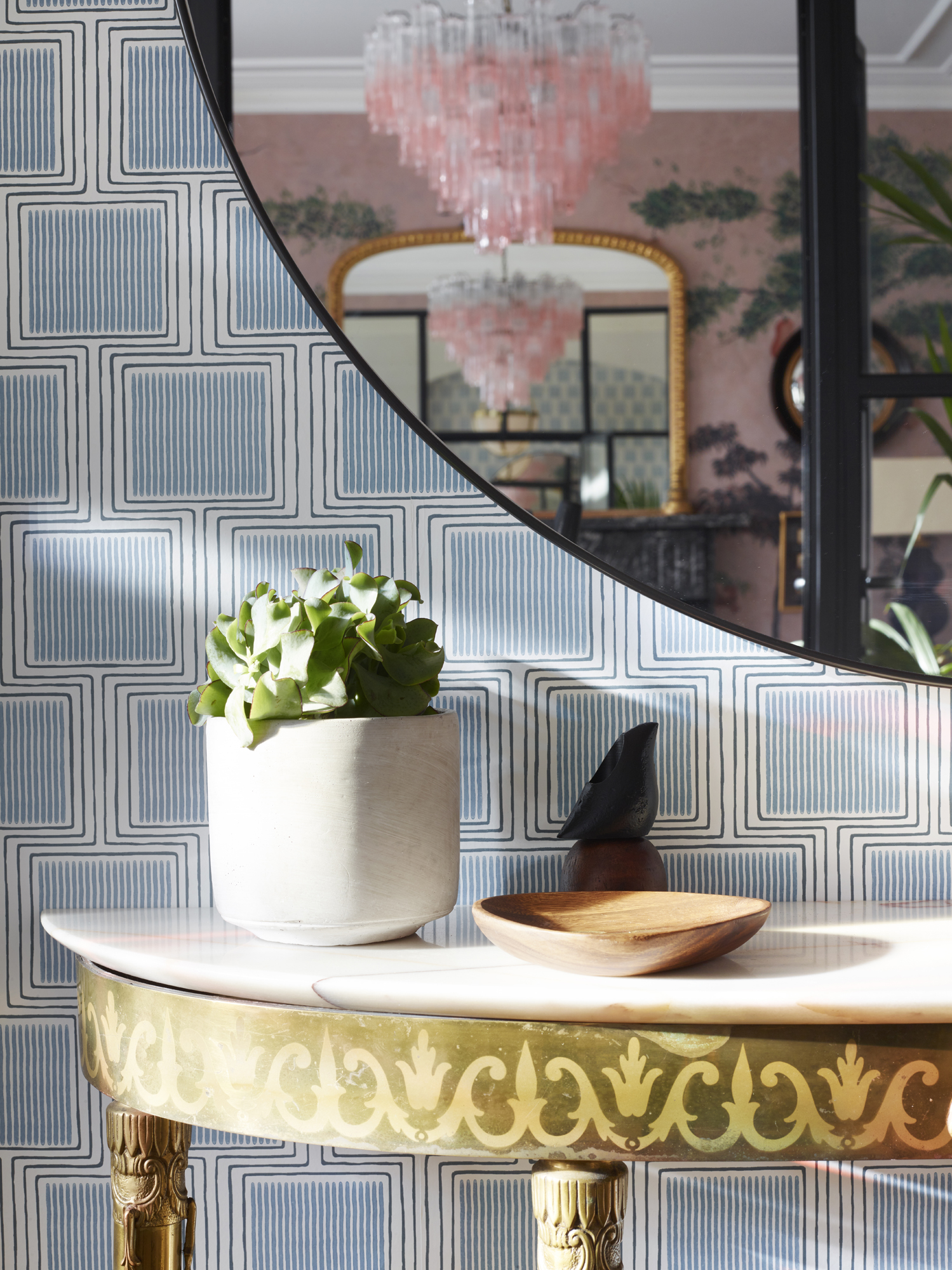
The five elements are essential to Feng Shui as these help invoke qi in the home. So, adding the water and wood elements in the wealth area can be supportive.
'You can use both the wood and water elements to boost this area,' says Laura. 'For example adding a jade or Feng Shui plant, like the money plant is an easy way to bring in wood energy. You could place the plant in a black pot which is the color of the water element.'
Plants apart, you could even add a tiny fountain to the spot but make sure it is always clean. Dirty, stagnant water goes against the rules of Feng Shui. If placing real water elements is an issue, artworks with images of water would do.
3. Declutter and fix broken pieces
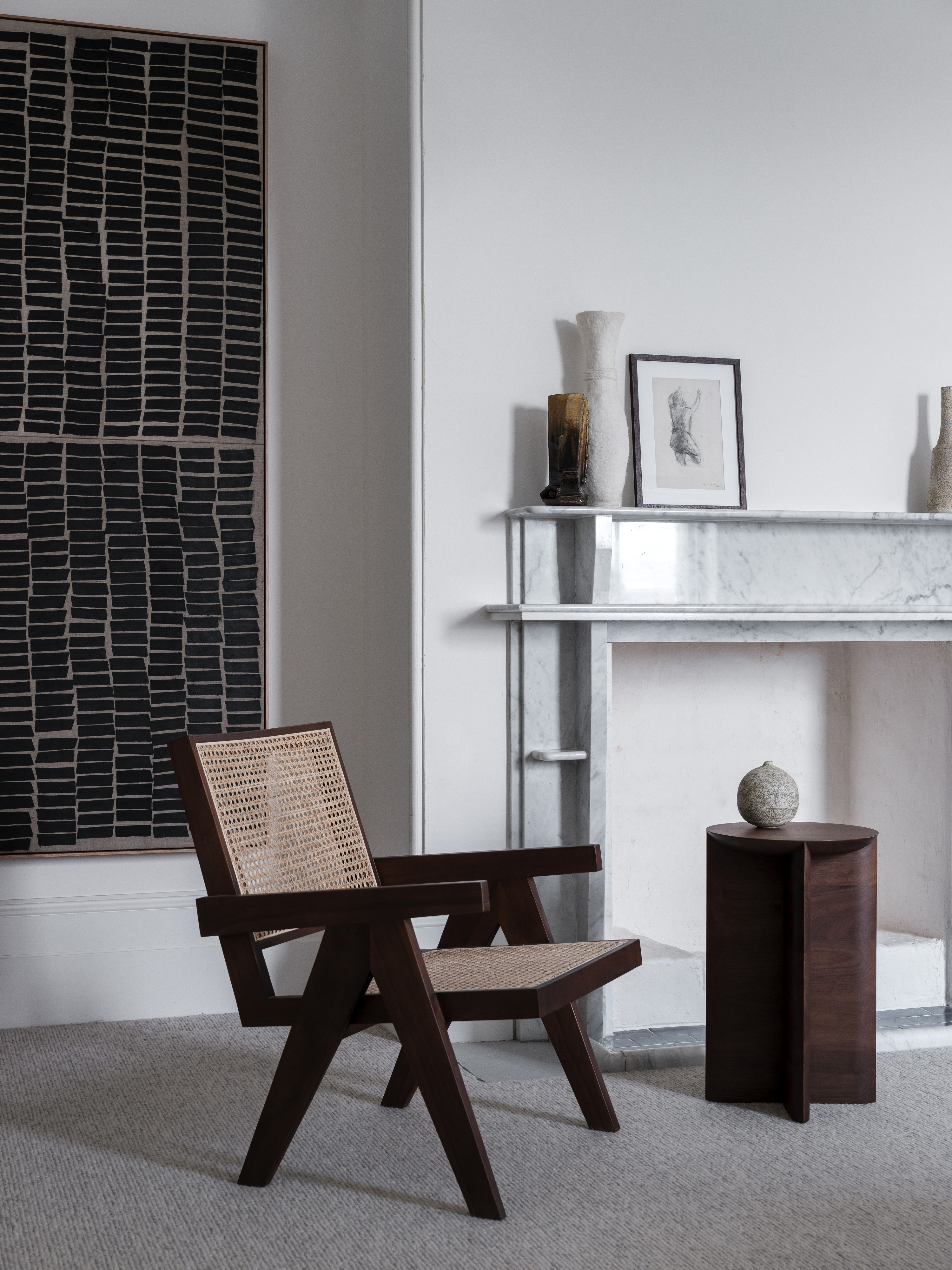
Another crucial point to invoking qi is cleanliness and orderliness. For a good kitchen, living room, or bedroom Feng Shui, consider decluttering the space, to boost the energy in your home. Also, if the money corner holds items that are chipped, falling apart, or not working properly, those are the first things to get rid of.
3 products to enhance the money corner in your home
Be The First To Know
The Livingetc newsletters are your inside source for what’s shaping interiors now - and what’s next. Discover trend forecasts, smart style ideas, and curated shopping inspiration that brings design to life. Subscribe today and stay ahead of the curve.

Aditi Sharma Maheshwari started her career at The Address (The Times of India), a tabloid on interiors and art. She wrote profiles of Indian artists, designers, and architects, and covered inspiring houses and commercial properties. After four years, she moved to ELLE DECOR as a senior features writer, where she contributed to the magazine and website, and also worked alongside the events team on India Design ID — the brand’s 10-day, annual design show. She wrote across topics: from designer interviews, and house tours, to new product launches, shopping pages, and reviews. After three years, she was hired as the senior editor at Houzz. The website content focused on practical advice on decorating the home and making design feel more approachable. She created fresh series on budget buys, design hacks, and DIYs, all backed with expert advice. Equipped with sizable knowledge of the industry and with a good network, she moved to Architectural Digest (Conde Nast) as the digital editor. The publication's focus was on high-end design, and her content highlighted A-listers, starchitects, and high-concept products, all customized for an audience that loves and invests in luxury. After a two-year stint, she moved to the UK and was hired at Livingetc as a design editor. She now freelances for a variety of interiors publications.
-
 Turns Out the Coolest New Café is Actually In Your Kitchen — Here's How to Steal the Style of TikTok's Latest Trend
Turns Out the Coolest New Café is Actually In Your Kitchen — Here's How to Steal the Style of TikTok's Latest TrendGoodbye, over-priced lattes. Hello, home-brewed coffee with friends. TikTok's 'Home Cafe' trend brings stylish cafe culture into the comfort of your own home
By Devin Toolen Published
-
 5 Bathroom Layouts That Look Dated in 2025 — Plus the Alternatives Designers Use Instead for a More Contemporary Space
5 Bathroom Layouts That Look Dated in 2025 — Plus the Alternatives Designers Use Instead for a More Contemporary SpaceFor a bathroom that feels in line with the times, avoid these layouts and be more intentional with the placement and positioning of your features and fixtures
By Lilith Hudson Published
